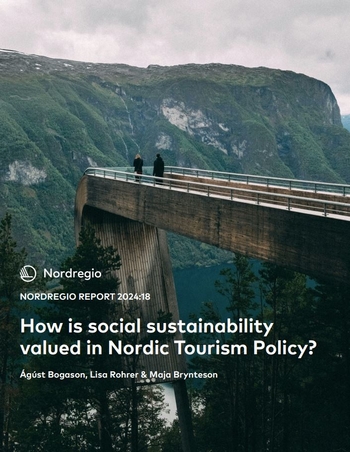Nordic low CO2 emission scenarios - implemented in the GAINS model
Potential impacts on air pollution following Nordic low greenhouse gas emission initiatives. Scenario analysis performed with the GAINS model

Information
Publish date
Abstract
The results from this study show that the technical measures to avoid Greenhouse gas (GHG) emissions and air pollutants in a Nordic energy system in many cases can result in cost savings for society due to reduced expenses on energy. Environmental benefits achieved due to energy demand savings and structural changes in the energy system would make it easier for the Nordic countries to reach the air pollution targets as well as post-Kyoto targets for GHG. Some of the measures would also make it easier to reach European Air Quality targets. All strategies do not imply co-benefits between air pollution emission reduction and GHG emission reduction. For example, GHG emission reduction through increased use of bio fuels risk imposing a trade-off between air pollution and GHG emission abatement since increased use of bio fuels could risk increasing the emissions of air pollutants. These co-benefits and the risk for conflicts between air quality and climate change should be more emphasised in the development of future Nordic low CO2 energy and emission strategies. The project group also suggests that these Nordic strategies should be developed as joint efforts between the Nordic countries.
Publication number
2010:552




